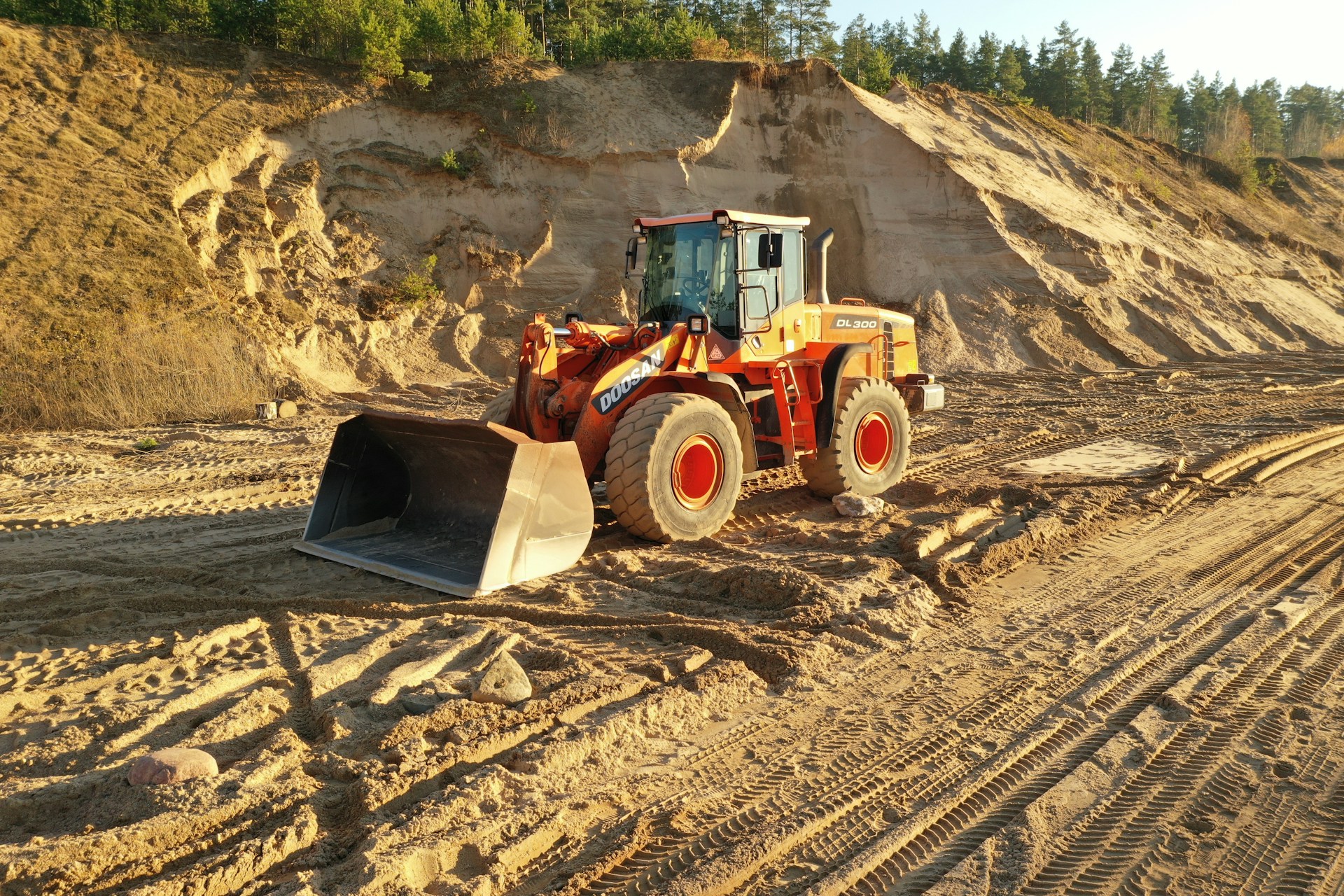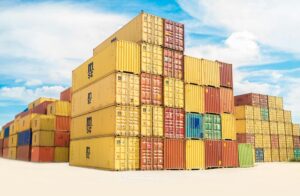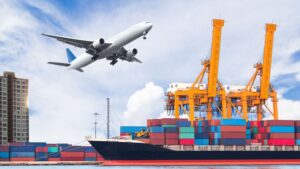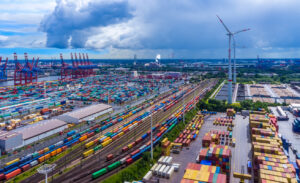Importing heavy machinery like a mini excavator from China to Houston, Texas, can be a cost-effective solution for businesses seeking quality equipment at competitive prices. This guide provides a detailed roadmap on how to navigate the importation process successfully, including a step-by-step process presented in a table format and cost breakdowns.
Benefits of Importing from China
- Cost Savings: Chinese manufacturers often offer lower prices due to reduced labor and production costs.
- Wide Selection: Access to a vast array of models and brands to suit specific needs.
- Technological Advancement: Many Chinese companies invest heavily in research and development, providing cutting-edge machinery.
How to Ship a Mini Excavator: Step-by-Step Guide
Below is a step-by-step guide on how to ship a mini excavator from China to Houston, Texas, presented in a table format for clarity.
| Step | Description |
|---|---|
| 1 | Research and Select a Reliable Supplier – Use online platforms to find manufacturers. – Verify credentials and check reviews. |
| 2 | Negotiate Terms and Pricing – Discuss equipment specifications. – Agree on payment terms and Incoterms. |
| 3 | Understand Regulatory Compliance – Ensure the excavator meets U.S. import regulations. – Obtain necessary certificates (EPA, CE, ISO). |
| 4 | Arrange Shipping and Logistics – Choose between sea freight (container or RoRo) and air freight. – Select a reputable freight forwarder. |
| 5 | Prepare Documentation – Gather all required documents (commercial invoice, packing list, bill of lading, etc.). |
| 6 | Obtain Marine Insurance – Secure insurance to protect against transit risks. – Choose all-risk coverage for comprehensive protection. |
| 7 | Customs Clearance in the U.S. – Hire a customs broker. – Submit all documentation and pay duties and taxes. |
| 8 | Arrange Inland Transportation – Organize transport from the port to the final destination. – Consider permits for oversized loads if needed. |
| 9 | Receive and Inspect the Excavator – Confirm delivery. – Inspect for any damage or discrepancies. |
| 10 | Finalize Transaction – Complete payment if any balance remains. – Activate warranties and arrange for after-sales support. |
Finding a Reliable Supplier
Research and Verification
- Online Platforms: Utilize websites to identify potential suppliers.
- Company Credentials: Verify business licenses, certifications (ISO, CE), and track records.
- Customer Feedback: Read reviews and request references from previous clients.
Communication and Negotiation
- Language Proficiency: Ensure effective communication to avoid misunderstandings.
- Price Negotiation: Discuss terms to achieve a mutually beneficial agreement.
- Sample Orders: Consider ordering a sample unit to assess quality before bulk purchasing.
Understanding Incoterms
International Commercial Terms (Incoterms) define responsibilities between buyers and sellers:
- EXW (Ex Works): Buyer handles all transportation costs and risks from the seller’s premises.
- FOB (Free On Board): Seller covers costs until the goods are loaded onto the shipping vessel.
- CIF (Cost, Insurance, and Freight): Seller pays for delivery to the destination port, including insurance.
Cost Breakdown
Below is an estimated cost breakdown for importing a mini excavator from China to Houston, Texas:
| Cost Component | Estimated Cost (USD) |
|---|---|
| Mini Excavator Purchase Price | $15,000 – $30,000 |
| Inland Transportation in China | $500 – $1,000 |
| Export Customs Clearance | $200 – $400 |
| Sea Freight Charges | $1,500 – $3,000 |
| Marine Insurance (0.5% of value) | $75 – $150 |
| Import Duty (1.7% of value) | $255 – $510 |
| U.S. Customs Clearance Fees | $300 – $600 |
| Harbor Maintenance Fee (0.125%) | $18.75 – $37.50 |
| Inland Transportation in U.S. | $1,000 – $2,000 |
| Total Estimated Costs | $18,848.75 – $37,697.50 |
Note: These costs are approximate and can vary based on specific circumstances such as exchange rates, fuel prices, and service provider fees.
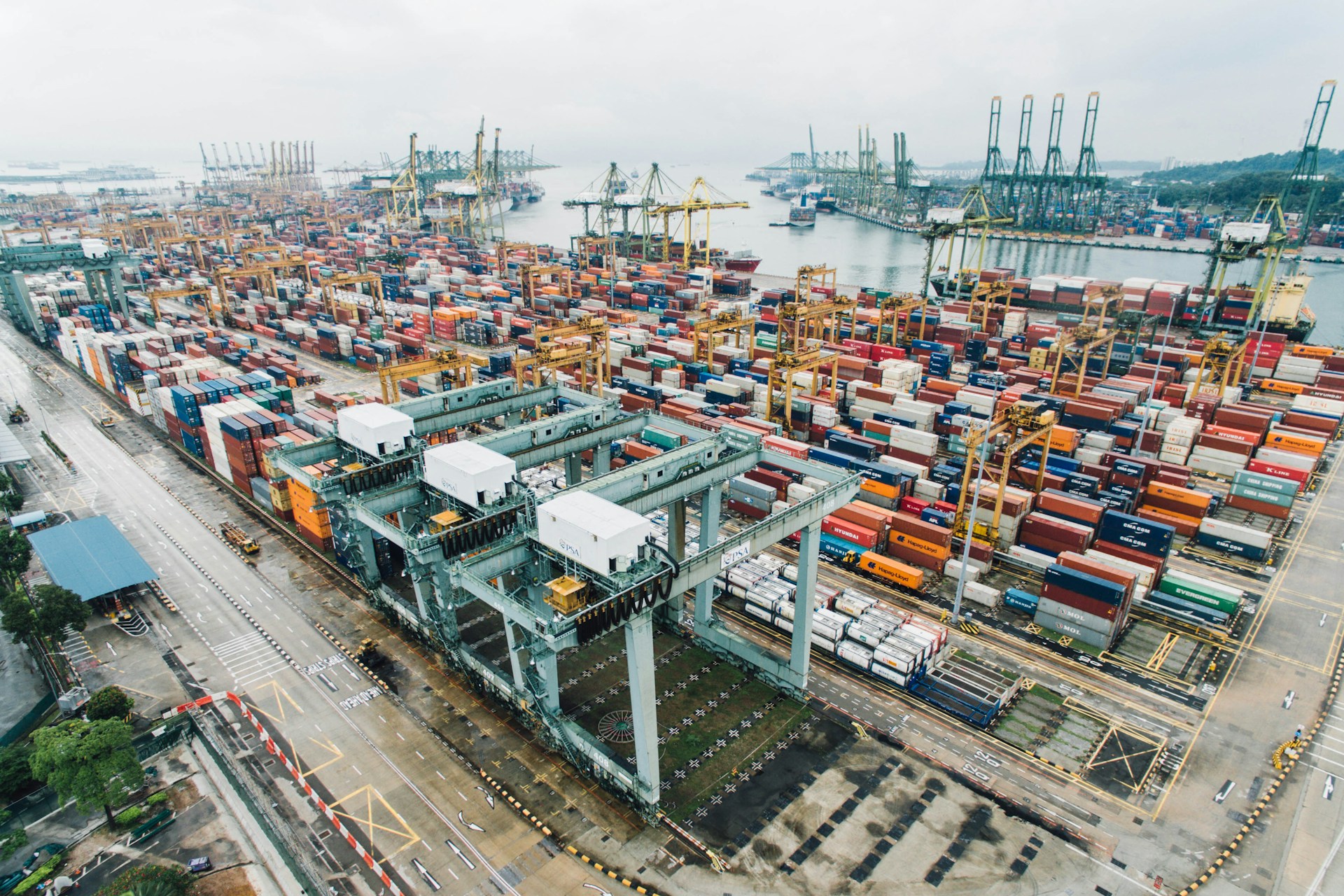
Compliance with Regulations
Chinese Export Regulations
- Export License: Ensure the supplier holds a valid export license.
- Quality Certifications: Obtain necessary certificates like CE, ISO, or EPA compliance.
U.S. Import Regulations
- Customs and Border Protection (CBP): Adhere to all CBP requirements for documentation and inspection.
- Environmental Protection Agency (EPA): Equipment must meet EPA emissions standards.
- Occupational Safety and Health Administration (OSHA): Ensure compliance with safety regulations.
Shipping and Logistics
Choosing the Shipping Method
- Sea Freight
- Container Shipping: Ideal if the excavator fits into a standard container (20ft or 40ft).
- Roll-On/Roll-Off (RoRo): Suitable for operational machinery that can be driven onto the vessel.
- Air Freight
- Pros: Faster transit time.
- Cons: Significantly higher costs, usually impractical for heavy machinery.
Selecting a Freight Forwarder
- Experience: Choose one with expertise in heavy machinery and international shipping.
- Services Offered: Should include handling of all logistics, documentation, and customs clearance.
Documentation Requirements
Prepare the following documents for a smooth import process:
- Commercial Invoice: Details the sale transaction.
- Packing List: Lists all items, weights, and dimensions.
- Bill of Lading: Contract between the shipper and carrier.
- Certificate of Origin: Indicates the country where the goods were manufactured.
- Insurance Certificate: Proof of marine insurance coverage.
- EPA Form 3520-21: Declaration form for importing engines, vehicles, and equipment.
Insurance and Risk Management
Marine Insurance
- Coverage: Protects against loss or damage during transit.
- Policy Types: All-risk coverage is recommended for comprehensive protection.
Risk Mitigation Strategies
- Proper Packaging: Secure the excavator with appropriate materials.
- Equipment Inspection: Conduct pre-shipment inspections to verify condition and specifications.
- Tracking: Use shipment tracking to monitor progress.
Customs Clearance in the U.S.
Hiring a Customs Broker
- Expertise: They navigate complex customs regulations and procedures.
- Documentation Handling: Ensure all paperwork is correctly completed and submitted.
Duties and Taxes
- Import Duty: Approximately 1.7% of the equipment’s value.
- Harbor Maintenance Fee: 0.125% of the cargo value.
- Merchandise Processing Fee: Up to a maximum of $528.33 for formal entries.
Inland Transportation in the U.S.
Transportation Options
- Flatbed Trucks: Commonly used for transporting heavy machinery.
- Specialized Carriers: Required for oversized or overweight loads.
Cost Factors
- Distance: From the port (e.g., Port of Houston) to your final destination.
- Permits: Additional costs for overweight or over-dimensional permits if necessary.
- Escort Vehicles: May be required for oversized loads, adding to the cost.
Timeline Considerations
- Order Processing: 1-2 weeks for supplier to prepare the excavator.
- Sea Freight Transit Time: Approximately 3-5 weeks from major Chinese ports to Houston.
- Customs Clearance: 1-3 days if all documentation is in order.
- Inland Delivery: 1-5 days depending on the final destination within Texas.
Total Estimated Timeline: 5-8 weeks from order confirmation to delivery.
Payment Methods and Terms
- Telegraphic Transfer (T/T): Commonly used, with a typical structure of 30% deposit and 70% balance upon shipment.
- Letter of Credit (L/C): Offers security for both buyer and seller but involves more complex procedures.
- Escrow Services: Provides protection by holding funds until both parties fulfill their obligations.
Legal and Ethical Considerations
- Contract Agreements: Draft clear contracts outlining terms, conditions, and responsibilities.
- Dispute Resolution: Include clauses specifying how disputes will be resolved.
- Compliance: Adhere to international trade laws and regulations to avoid legal issues.
Environmental and Social Responsibility
- Sustainable Practices: Opt for suppliers committed to environmentally friendly manufacturing.
- Ethical Labor: Ensure the supplier adheres to fair labor practices.
- Community Impact: Consider the broader implications of your business decisions.
Importing a mini excavator from China to Houston, Texas, involves multiple steps and careful coordination. By understanding each aspect—from selecting a reputable supplier and negotiating terms to managing logistics and complying with regulations—you can streamline the process and minimize risks. Proper planning, combined with professional support, will help ensure a successful import that meets your equipment needs and supports your business objectives.
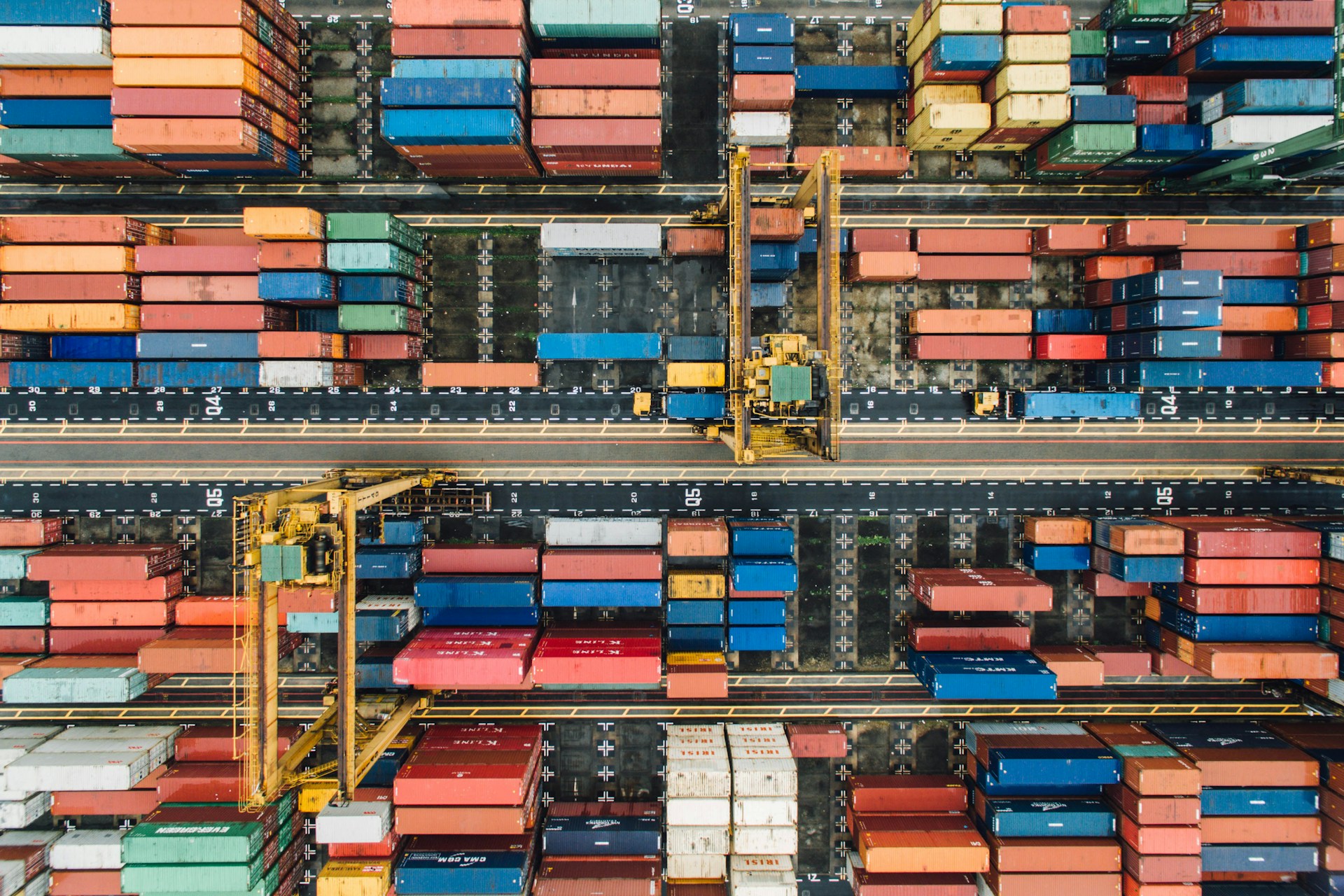
Final Checklist
| Task | Status |
|---|---|
| Select a Reliable Supplier | ✅ |
| Negotiate Terms and Pricing | ✅ |
| Understand and Agree on Incoterms | ✅ |
| Prepare All Necessary Documentation | ✅ |
| Choose a Reputable Freight Forwarder | ✅ |
| Obtain Marine Insurance | ✅ |
| Ensure Compliance with U.S. Regulations | ✅ |
| Arrange Inland Transportation in the U.S. | ✅ |
| Plan for Duties, Taxes, and Fees | ✅ |
| Confirm Delivery and Inspect Equipment | ✅ |
By following this comprehensive guide, including the step-by-step process outlined in the table, you can navigate the complexities of international trade and successfully import a mini excavator from China to Houston, Texas, maximizing benefits while minimizing potential challenges.


